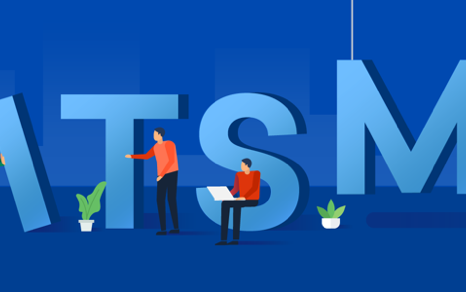Common obstacles when bringing change management to an agile project
Change management is just another kind of project management. It is all about managing the implementation and execution of available features into the organizational environment. Welcoming agile change management, becoming comfortable with ambiguity and relentless customer focus can be challenging for organizational cultures where a Waterfall delivery model is deeply ingrainedengrained.
Conflicts between agile delivery approaches and change management arise because organizations fail to realize that change management must grow into agile too. Delivery and implementation activities cannot be in conflict and need to be balanced, so that they are set in a rhythmic pattern. The benefits of agile delivery can only be realized when traditional change management becomes agile change management through a corresponding application cadence.
Here are five common obstacles that organizations face, while bringing change management into an agile project:
- Lack of understanding of and acceptance for change management
- Organizational conflict with Agile
- High volume of incremental change
- Increased pace
- Middle manager resistance
Coaching and mentoring to bring agile change management can be difficult, because along with technical issues comes the mindset of people already accustomed to traditional change management. Knowledge management is another issue in agile methods. While in plan-driven methods, heavy documentation and rigid reports are required, in agile change management, knowledge is many times tacit and in the head of the stakeholders.
Efficiently managing the transition TO Agile and the actual application of change management IN Agile is one of the top obstacles seen in many organizations, while implementing agile change management. The most important obstacles faced when applying agile change management were often indications of ineffective support and approval for agile methodologies in the first place.
What does this imply?
Agile is persistently growing as a new way to tackle practices by breaking them down into segments that are iterative. The application of agile change management is extending well past software and IT projects to include non-IT projects as well. Within a project using Agile, change management can upkeep the implementation and usage required for to achieve actual results; but the pace and nature of an agile effort meanmeans that change management must change too. Accuracy, competence, focus, timely trade-offs, early engagement, balance – all of it must be present for change management to be effective on a project that uses iterative development.
Agile change management is a project management methodology that works by simplifying changes, just like projects, into iterative cycles. At its core, agile change management is based on the assumption that circumstances change as a project progresses. In agile change management, the planning, design, development, and testing cycles continue to change as the project takes form.
As with other project management disciplines, agile change management is about getting business functions accomplished, and manage business changes inon a timely, and cost effective manner, without compromising on quality.





